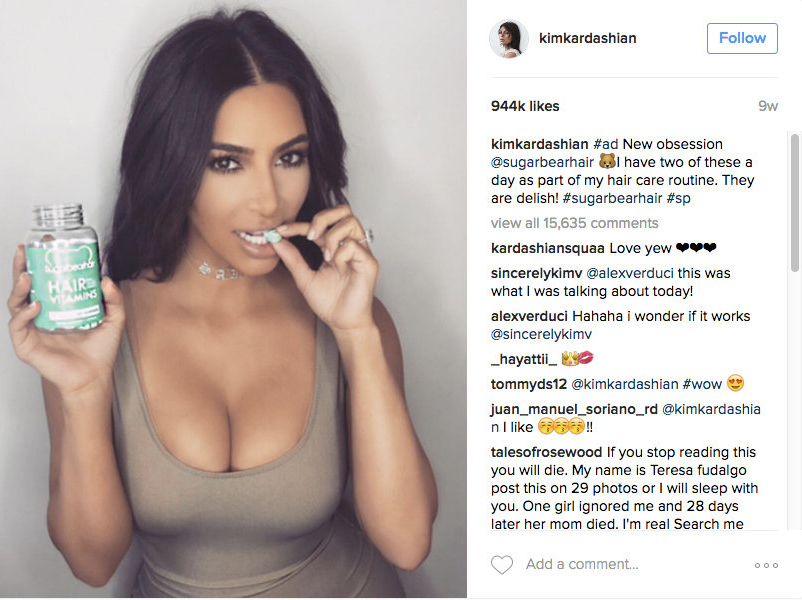One of the things I cherished most about being a youth was the fact that I was oblivious to the world around me and didn't see the commercialism in everything. These days, it's even more prevalent thanks to social media, a fact that has forced the Federal Trade Commission (FTC) to take action.
Just last month, for example, the FTC settled a complaint with Warner Bros. over promotional tactics involving Middle-earth: Shadow of Mordor, a video game released in 2014. Specifically, the FTC didn't approve of Warner Bros. paying influencers (those with large social media followings) to "review" the game and the control they exhibited in those "reviews."
Deceptive endorsements like these aren't exactly new. As FTC Ad Practices Division Deputy Michael Ostheimer explained a few weeks ago, they've been monitoring deceptive endorsements for decades and outlets like social media are just another vehicle to present them.
While that case has been settled, it brings up some interesting questions regarding influencers and endorsements. For example, just how much money can someone with a large social following make from endorsements? Probably more than you'd imagine.
Captiv8, a company that links brands with influencers, told The New York Times that someone with 50,000 to 500,000 followers can make an average of $2,500 for a YouTube post, $1,000 for a mention on Instagram and $400 for a post on Twitter. A user with three million to seven million followers, however, can command an impressive $187,500 for a YouTube post, $75,000 for an Instagram or Snapchat post and $30,000 for a tweet.
The next time you see a celebrity or influencer posting about a product or service on social media, ask yourself, "Is this a genuine post or are they simply getting paid for this promotion?" Odds are, it's probably the latter.
